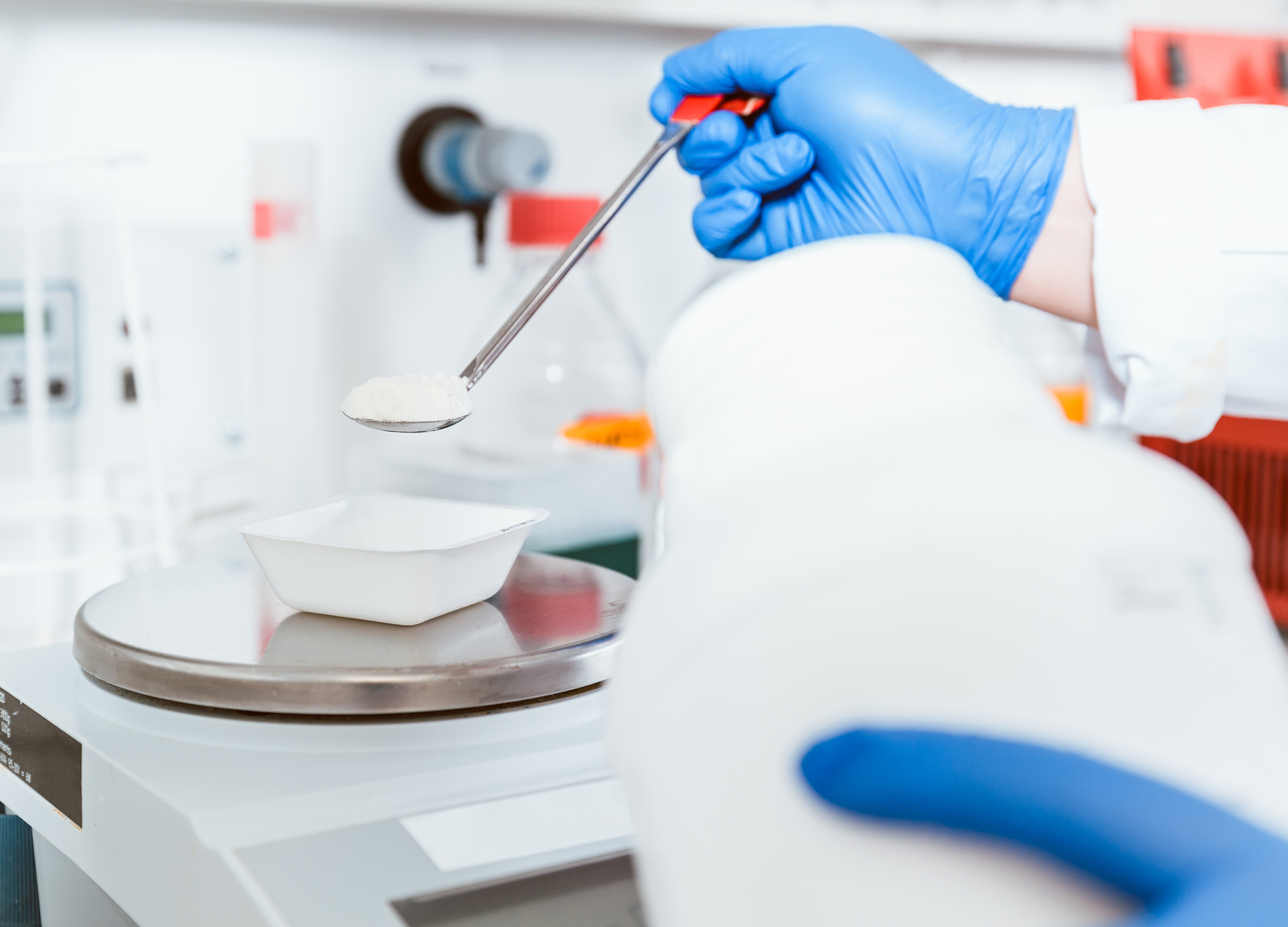Methylene Blue occupies a key position as a versatile dye and therapeutic agent in the field of prescription drugs. Its uses include the treatment of methemoglobinemia and malaria as properly as prospective diagnosis and therapy of neurodegenerative problems. The requirement for efficient production methods that guarantee a consistent supply of this essential substance grows together with the demand for methylene blue. In this paper, we explore novel ideas, optimization strategies, and prospective results on the healthcare sector within the context of bettering pharmaceutical Methylene Blue production.
Enhancing Pharmaceutical Methylene Blue Production: Unveiling the Path to Higher Yields
Introduction:
In the realm of prescription drugs, Methylene Blue holds a major place as a versatile dye and therapeutic agent. Its applications range from treating methemoglobinemia and malaria to serving as a diagnostic device and a potential treatment for neurodegenerative ailments. As the demand for Methylene Blue continues to develop, so does the necessity for efficient manufacturing methods that ensure a stable provide of this vital compound. In this article, we delve into the world of enhancing pharmaceutical Methylene Blue manufacturing, exploring progressive approaches, optimization techniques, and the potential impact on the healthcare business.
The Significance of Methylene Blue in Medicine
Methylene Blue's multifaceted roles in medication have sparked immense interest in maximizing its manufacturing. It acts as a vital tool in various diagnostic procedures and has shown promise in combating neurodegenerative diseases like Alzheimer's and Parkinson's. Its potential to treat sepsis and its functions in most cancers therapy are also being investigated, making it a compound of serious therapeutic value.
Challenges in Traditional Production Methods
While Methylene Blue has been manufactured for many years, traditional manufacturing methods face challenges in meeting the growing demand. Conventional routes involve time-consuming and costly chemical synthesis, which will not be sustainable for long-term provide requirements. Furthermore, points corresponding to low yields and environmental concerns have prompted researchers to discover different methods.
Unveiling Biochemical Pathways for Enhanced Production
One promising approach to reinforce Methylene Blue production is thru the exploration of biochemical pathways. By understanding the metabolic pathways involved in Methylene Blue synthesis inside microorganisms, researchers can probably engineer more efficient manufacturing organisms. This biotechnological method aims to leverage the pure capabilities of microorganisms to produce Methylene Blue at higher yields and decrease costs.
The Role of Synthetic Biology
Synthetic biology emerges as a strong device in the quest for optimizing Methylene Blue production. Synthetic biologists can engineer microbial hosts, corresponding to bacteria and yeast, to specific the necessary enzymes and pathways for Methylene Blue synthesis. Through Compounding Pharmacy Hurstville and focused engineering, these organisms can potentially become efficient factories for producing the compound.
Cultivation Techniques and Fermentation Optimization
In addition to genetic engineering, cultivation techniques play a vital function in achieving higher yields. Optimal fermentation conditions, together with nutrient supply, pH levels, and temperature, can considerably affect Methylene Blue manufacturing. Researchers are exploring novel fermentation strategies and bioreactor designs to maximize productivity while minimizing resource consumption.
Novel Feedstock and Sustainability
Another area of exploration involves identifying novel feedstocks for Methylene Blue manufacturing. Traditional precursors can be costly and limited in availability, leading researchers to research sustainable and eco-friendly alternate options. By utilizing renewable assets, the environmental influence of Methylene Blue production could be decreased, aligning with the ideas of green chemistry.
Process Integration and Scale-Up Challenges
As promising production strategies are developed within the lab, the challenge lies in scaling up these processes for business manufacturing. Process integration, cost-effectiveness, and regulatory compliance are essential components to consider when transitioning from the laboratory to industrial-scale manufacturing.

Collaboration and Knowledge Sharing
The pursuit of enhanced Methylene Blue production requires collaboration amongst varied disciplines, together with biotechnology, chemistry, and prescribed drugs. Academic institutions, research organizations, and pharmaceutical corporations can profit from sharing knowledge, information, and resources to accelerate progress and address challenges collectively.
Conclusion:
As the healthcare trade continues to recognize the significance of Methylene Blue in analysis and remedy, the hunt for enhanced production strategies gains momentum. Through a mixture of biotechnological developments, synthetic biology, and sustainable practices, researchers purpose to unlock the potential for greater yields and cost-efficient production. By exploring biochemical pathways, optimizing fermentation processes, and fostering collaboration, the journey towards enhanced pharmaceutical Methylene Blue production promises to bring us closer to a way forward for improved healthcare and sustainable pharmaceutical manufacturing..
